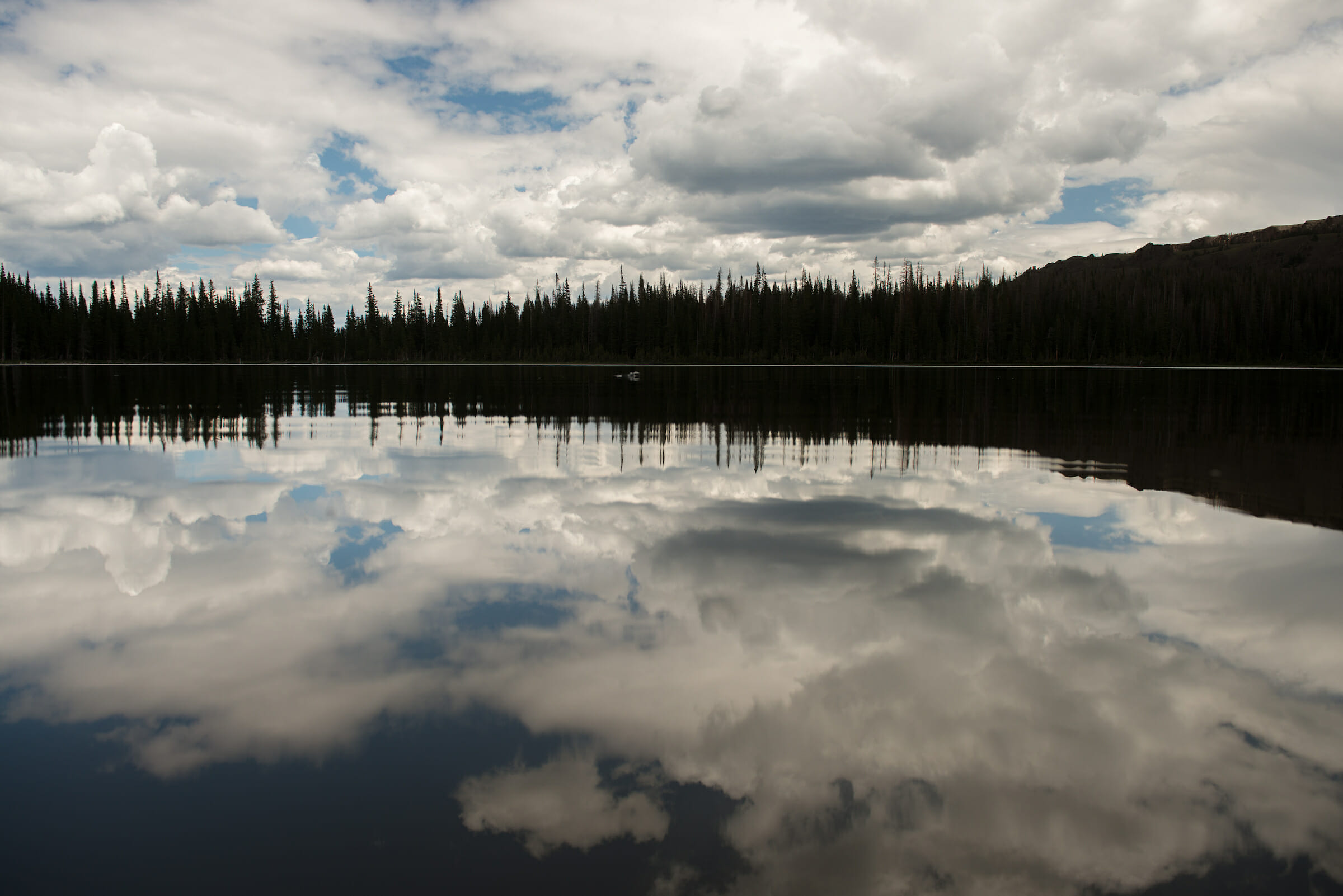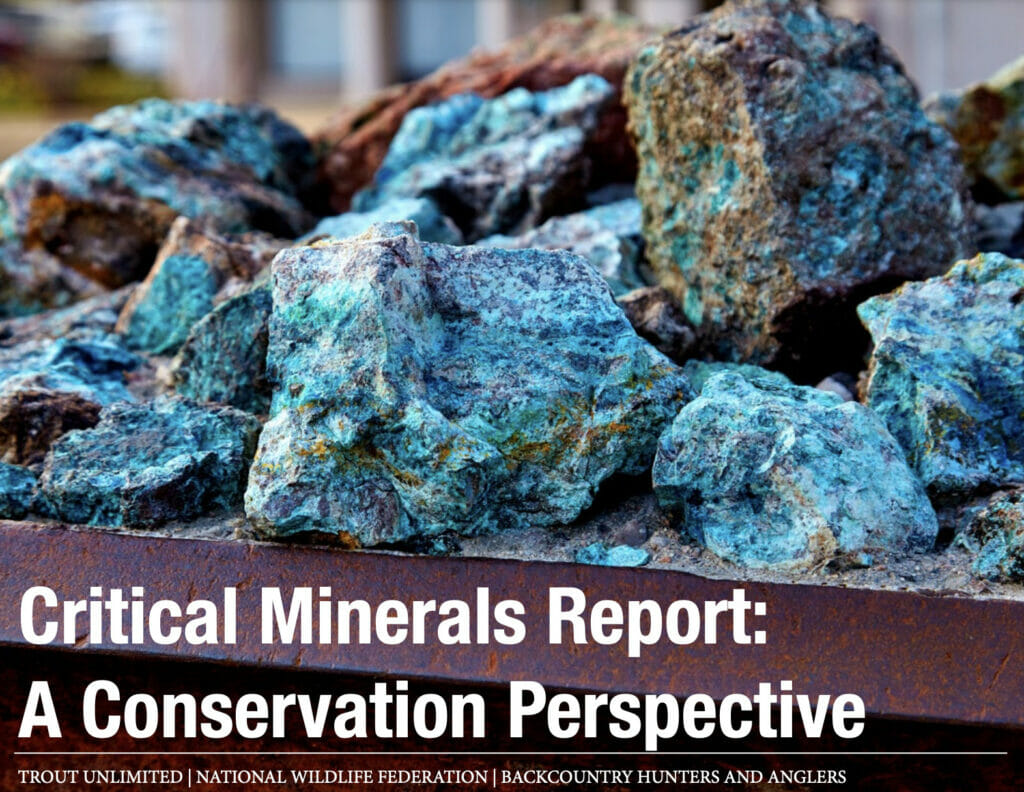Risks to the Boundary Waters from mineral extraction are unacceptable
In 1969, prominent conservationist Sigurd Olson of Ely, Minn., wrote this about proposed mineral exploration in the Boundary Waters area:
“The world needs metals and men need work, but they also must have wilderness and beauty, and in the years to come will need it even more.”
Having spent decades guiding in northern Minnesota’s canoe country, Olson knew these lands and waters as well as anyone, capturing his adventures and reflections in Listening Point, The Singing Wilderness and other required reading for outdoor enthusiasts. Having studied geology in graduate school, Olson also knew well the need for minerals and mining’s benefits to society, but he also knew of the risks mining posed to the water-rich labyrinth of rivers and lakes that comprise the Boundary Waters.

Olson’s words came to mind again in January when Interior Secretary Deb Haaland signed a 20-year mineral withdrawal for the Rainy River watershed in northern Minnesota, which includes the Boundary Waters Canoe Area Wilderness. The most visited wilderness area in the country, it supports not only native populations of lake trout but also a thriving outdoor industry that generates $78 million in total economic output and 1100 full and part-time jobs.
“This decision will help ensure the long-term health of sensitive populations of native lake trout,” said John Lenczewski, executive director of Minnesota Trout Unlimited. “These unique fish are an important part of Minnesota’s natural heritage and have attracted anglers to the region for generations. We thank the Forest Service and the Department of the Interior for taking steps to ensure the Boundary Waters remains a special place for generations to come.”
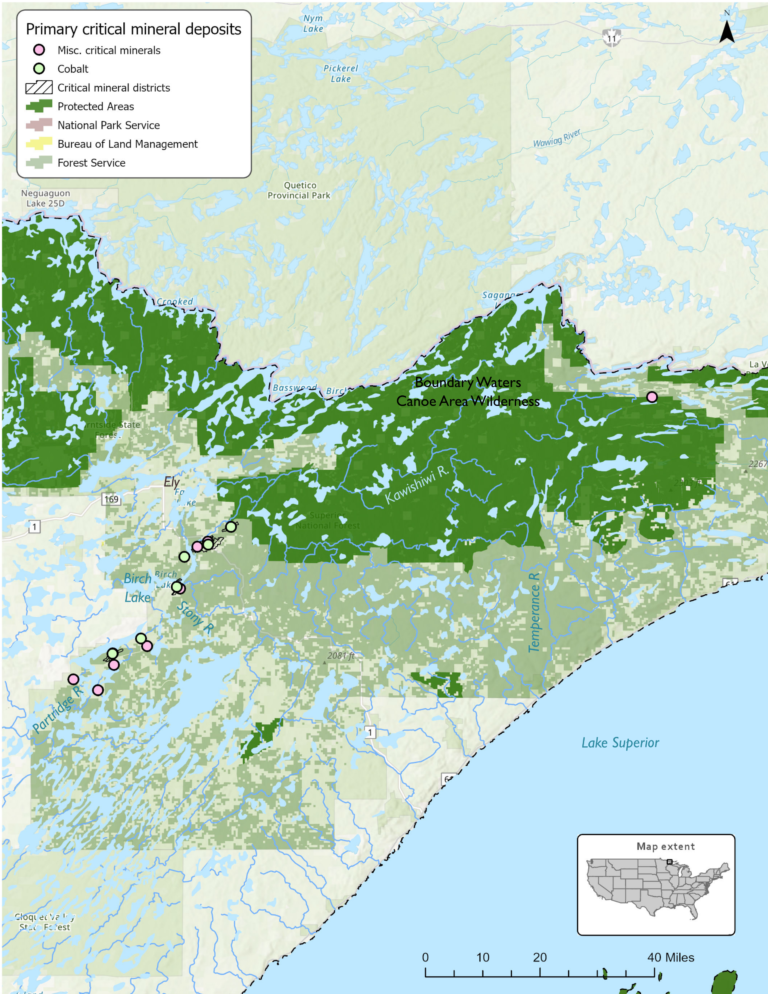
Copper sulfide mining has been proposed in the watershed upstream of the wilderness area, and the decision enacts a moratorium on mining of federal minerals, subject to valid existing rights, for a period of 20 years. In his testimony last year before the House Natural Resources Committee, former Chief of the Forest Service, Thomas Tidwell, spoke of the risk posed by mining near the Boundary Waters, stating that “The Duluth Complex is acid generating because it contains low-grade sulfide-bearing ore. Mine waste would be a source of water degradation for hundreds of years.”
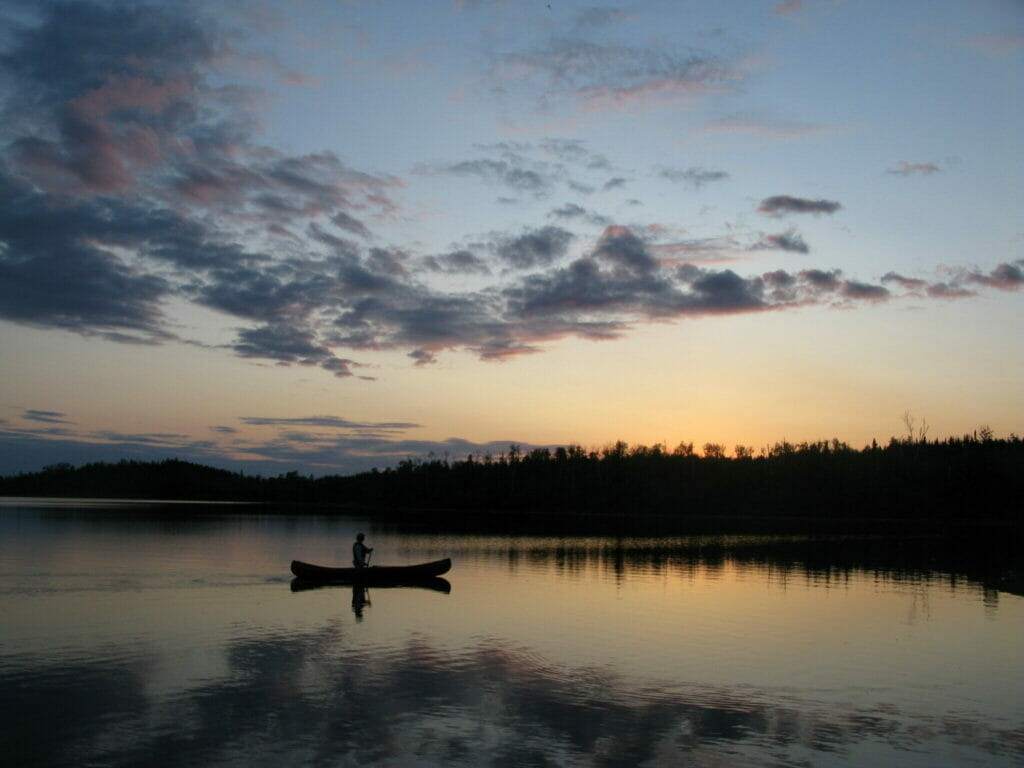
Notably, the withdrawal area includes only four out of eighteen known mineral deposits in the Duluth Complex, the mineral rich formation found in northern Minnesota (the moratorium includes the four northernmost deposits shown on this map). Neither does the withdrawal affect other mineral deposits in the region, such as the Tamarack Intrusion, where the electric vehicle manufacturer Tesla committed to purchasing 75,000 metric tonnes of nickel from Talon Metals’ Tamarack Nickel Project.
Getting it right on mining is more important than ever as the United States seeks to shore up supply chains for minerals like cobalt, lithium, and nickel that are essential for clean energy technologies. The debate over critical minerals and permitting is an important debate and mining will remain necessary to supply a portion of these raw materials.
However, it is also essential that we prioritize alternatives that would reduce the need for new mines. These include recycling, relying on substitutes, and reprocessing old mine waste piles and ash material.
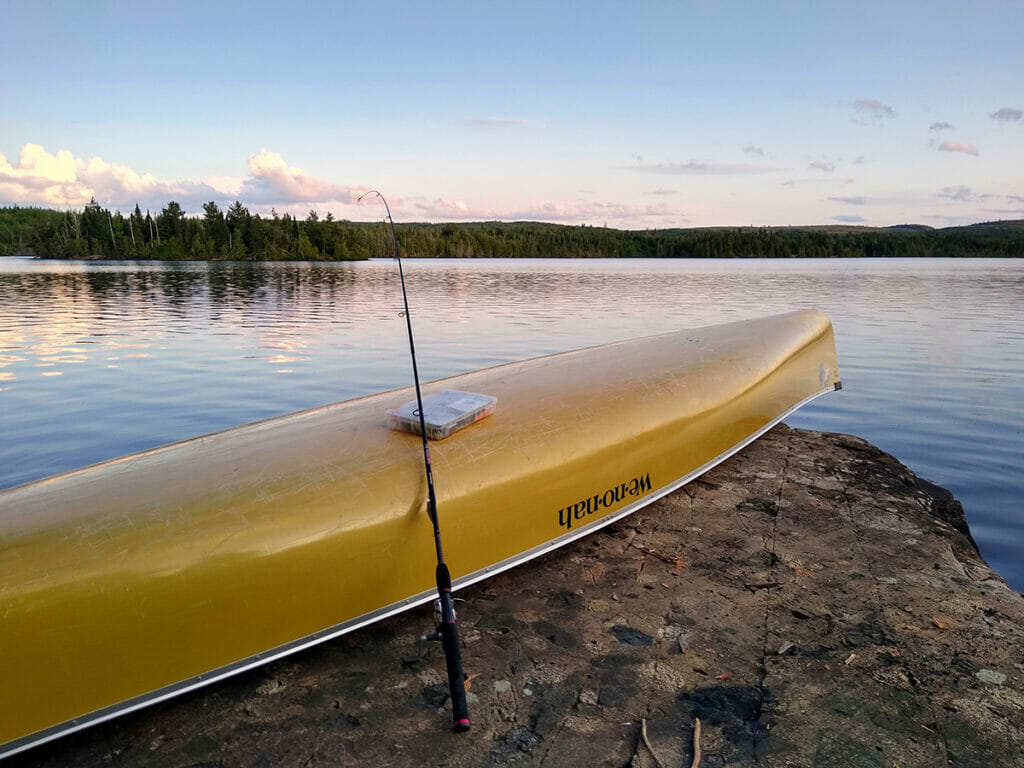
Meanwhile, we need to recognize that with mining comes risks of damage to landscapes and waters, and in places like the Boundary Waters—and Bristol Bay, which recently received protection under the Clean Water Act—these risks are unacceptable.
Protecting special places and increasing the supply of critical minerals are not mutually exclusive objectives. But striking this balance will take leadership, collaboration and compromise from all stakeholders—Republican and Democrat, mining interests and environmentalists—to craft the right policies and implement an all of the above strategy to solve the critical minerals conundrum.
Learn more about critical minerals and Trout Unlimited’s work in the report, Critical Minerals: A Conservation Perspective.



